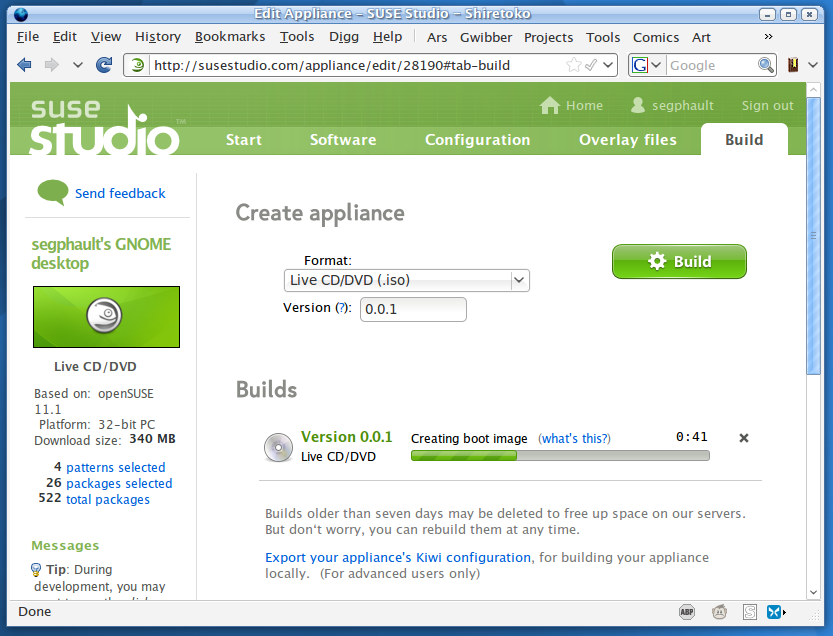This was originally published on January 26, 2011 on intelligentworkloadmanagement.com:
As we kick off 2011, many independent software vendors (ISVs) are looking at the business plans they thoughtfully crafted last fall and are now building out detailed plans and tactics to hit those numbers. But if you’re like most software providers we talk with, you’re now wondering just how you will hit those growth targets. Sure, the economy is continuing to slowly recover and global IT spending is predicted to grow 5.7%. But that may not be enough. That’s why the increasingly popular approach of virtual appliances can help.
One of the key challenges we see ISVs facing today is how to reduce sales friction – removing or mitigating obstacles that slow the development of a customer relationship and conversion of a prospect into a customer. With today’s complex sales cycles, there is considerable friction to contend with.
Selling cycles are getting longer and involving more parties. As businesses strive to keep costs down (and rationalize vendors), ISVs must jump through more hoops to win a sale. And they must convince not just the IT director but often the COO or CFO – not to mention the line of business executive – of the value of their product.

From the customer’s perspective, the ideal buying scenario is one of instant gratification – one without friction. In the consumer world, this is easy. When you want a song, you go to your favorite online music store, find it, play a snippet and then buy it if you like the sample. Evaluation and purchase are simple.
Unfortunately, buying – and selling – enterprise software is nothing like this. Unlike with digital music, the software sales process involves many time-consuming steps: reach a potential customer, identify business need, map that need to your offerings, convince the prospect to evaluate your software with a trial or proof of concept, install and configure the evaluation software, troubleshoot any problems that arise, and so on. All this must happen before the customer can even begin to experience your product’s value firsthand.
The part of the process that should involve the least friction – getting the evaluation running – is where it often slows way down, because each customer’s computing infrastructure is unique. Issues with the evaluation just raise additional questions and can kill your momentum.
One solution that ISVs are finding effective in dramatically shortening the evaluation stage is software and virtual appliances. These are pre-configured combinations of an application, middleware and operating system, integrated into a single image and built to run on industry-standard hardware and virtualization platforms. Instead of the ISV or customer spending great time installing, configuring and fine-tuning the demo software, the customer simply downloads a self-contained, easy to install appliance that can be used immediately in any common IT environment.

By shifting the way software is packaged and delivered, appliances give ISVs a way to slash sales friction and accelerate sales velocity.
How do you plan to hit your sales growth targets in 2011?
